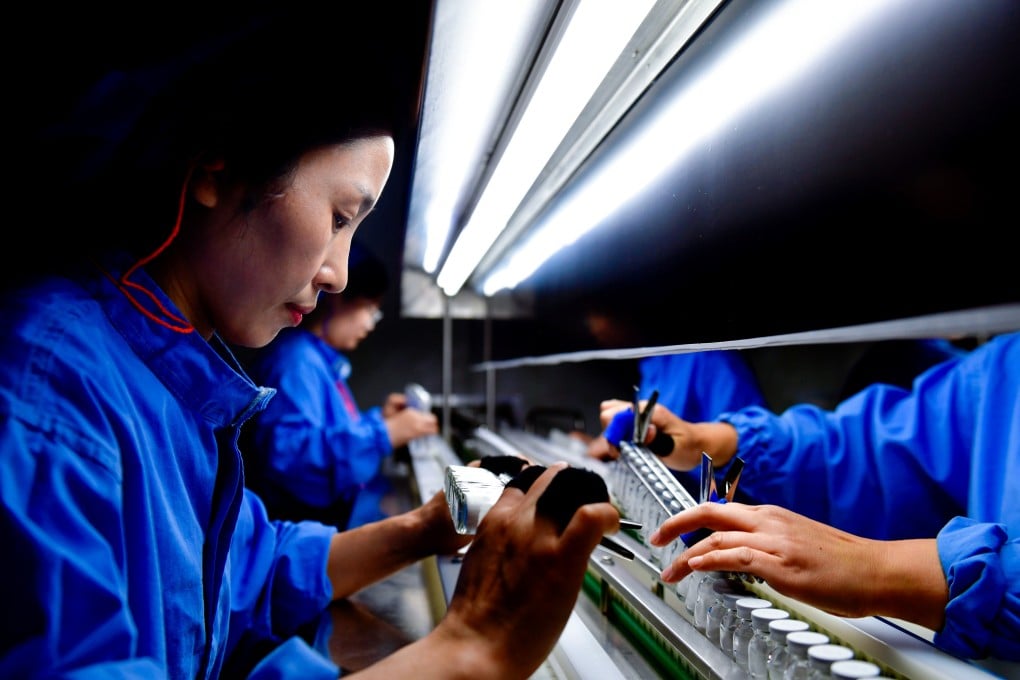China gearing up to take on pharmaceutical giants, drive biotech boom: innovator
- Chinese-American biochemist Wang Xiaodong says Chinese research is moving into developing innovative new medicines
- The Shaw Prize laureate says the move could cause a disruption similar to the one seen in hi-tech industries

Wang is also co-founder of BeiGene, a biotech firm focused on oncology treatments that has so far brought three innovative medicines to market, each developed from its own in-house research.
BeiGene had the highest pharmaceutical R&D expenditure in China in 2021, spending US$1.4 billion, according to data and analytics company GlobalData.
The company is not alone, with China now home to more than 10,000 sizeable pharmaceutical enterprises researching the second-highest number of new medicines in the world, according to the industry and information technology ministry.
Recent years have seen a significant boost in China’s investment in pharmaceutical R&D– from government and companies – driven by concerns that the US – long the biotechnology leader – could expand its technology sanctions to include essential medicines.